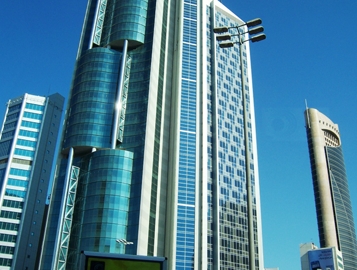The Institute of International Finance indicated that Kuwait's banking sector is better positioned to face the spillovers of external shocks, such as the Eurozone crisis, as it has become more resilient than it was prior to the 2008 financial crisis. It noted that stronger banks are characterized by high asset quality, robust capital positions and enhanced risk management; while weaker banks are exposed to sectors that were adversely affected by the global recession, such as commercial real estate, the stock market and construction.
But it said that banking sector indicators continue to show progress as the NPLs ratio declined to 7.3% in 2011 from its peak of 11.5% in 2009, while provisions for NPLs increased to 85% in 2011 from a low of 67% in 2009. It added that the real estate market, which accounts for almost 25% of total outstanding credit, has been displaying signs of recovery. It noted that the capital adequacy ratio stood at 18.5% at end-2011, of which 16.9% was Tier One, comfortably meeting Basel III requirements.
However, the IIF said that the lack of lending opportunities has kept private sector credit growth subdued despite access to a strong deposit base. It noted that banks' exposure to investment companies constitutes a primary concern, due to the latter’s vulnerabilities.
Source: Institute of International Finance – Byblos Bank
1 September

























































